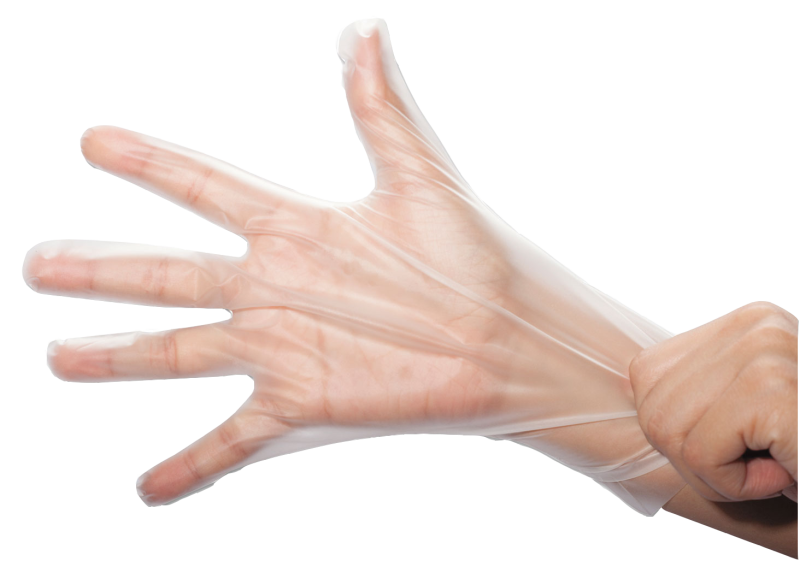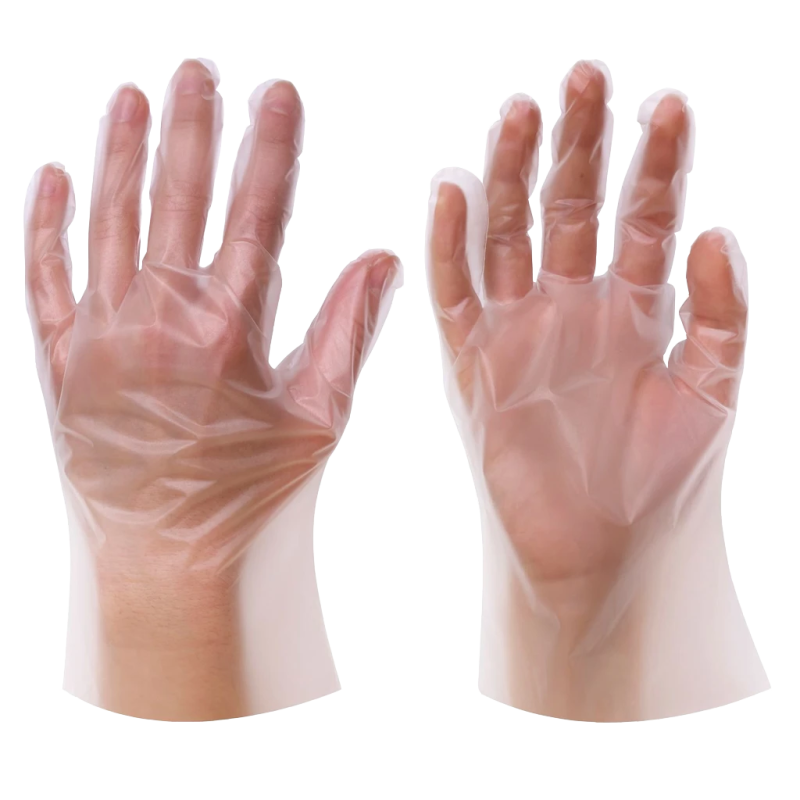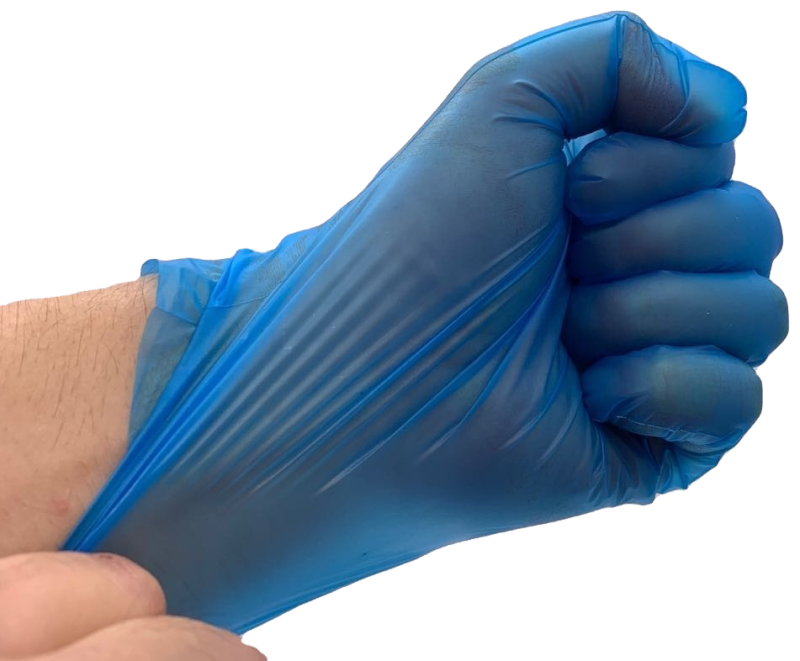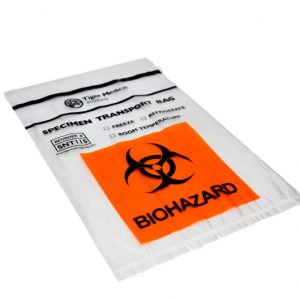Non-Sterile TPE Gloves
Thermoplastic elastomers (TPE), sometimes referred to asthermoplastic rubbers, are a class of copolymers or a physical mix of polymers that consist of materials with both thermoplastic and elastomeric properties. The benefit of using thermoplastic elastomers is the ability to stretch to moderate elongations and return to its near original shape creating a longer life and better physical range than other materials.
Depending on the environment, TPEs have outstanding thermal properties and material stability when exposed to a broad range of temperatures and non-polar materials. TPEs consume less energy to produce, can be colored easily by most dyes, and allow economical quality control.
TPE requires little or no compounding, with no need to add reinforcing agents, stabilizers or cure systems. Hence, batch-to-batch variations in weighting and metering components are absent, leading to improved consistency in both raw materials and fabricated articles.
TPE materials have the potential to be recyclable since they can be molded, extruded and reused like plastics, but they have typical elastic properties of rubbers which are not recyclable owing to their thermosetting characteristics.
CPE vs TPE Gloves. Which one is for you?
CPE Glove Markets & Industries
CPE gloves are designed for the food service and food processing industries.
When to Use CPE Gloves
CPE gloves are a great alternative for vinyl gloves or latex gloves.
(In fact, when Ohio banned the use of latex gloves in food service operations and retail food establishments this past March, they specifically listed polyethylene gloves as a good alternative for latex gloves.)
CPE Glove Characteristics
CPE gloves offer many positive benefits – most notably their durability. They also tend to weigh more in grams than TPE gloves.
What TPE Gloves are Made Of
TPE gloves are made of thermoplastic elastomers, polymers that can be molded more than once when heated. Thermoplastic elastomers also have the same elasticity as rubber.
Industrial fabricators classify thermoplastic elastomers as “specialty” plastic resins for two reasons. Firstly, they’re produced at lower volumes than “commodity” resins like polyethylene and at higher costs as well. Secondly, they’re used for more specialized applications than “commodity” resins.
Besides TPE gloves, products including adhesives and footwear are manufactured using thermoplastic elastomers.
TPE Glove Markets & Industries
Like CPE gloves, TPE gloves are designed for the food service and food processing industries. TPE gloves are also ideally suited for certain medical industry uses.
When to Use TPE Gloves
TPE gloves are another excellent alternative for vinyl gloves since they’re less expensive. They’re also a good alternative for poly gloves.
TPE Glove Characteristics
TPE gloves, like CPE gloves, are known for their durability. They weigh less in grams than CPE gloves and are also flexible and resilient products.
When to Use CPE or TPE Gloves
If you’re a wholesaler or distributor who works with medical, food service and food processing customers, we recommend that you get in touch with us if you’re evaluating TPE and/or CPE gloves as alternatives to vinyl or latex gloves.
Our customers can choose between clear or embossed gloves. The gloves and its outer polybag can be in any pantone color and can be printed up to 8 colors in either rotogravure or flexo ink printing.
We offer three sizes of gloves: S, M and L.
They are 100% safe for food use (being produced in a state-of-the-art 100k clean room) and latex free.
Certification: ISO 13485:2016, CE EN374-1:2016
Material: Thermoplastic elastomers (TPE)
Size:
Thickness: 0.01mm – 0.03 mm
MOQ: 100,000 pcs
Material: LDPE / HDPE (Plain or Embossed)
Color: Transparent or any pantone color
Size S: 230mm (W) x 280mm (H)
Size M: 240mm (W) x 290mm (H)
Size L: 260mm (W) x 300mm (H)
HS Code: 39262019





















